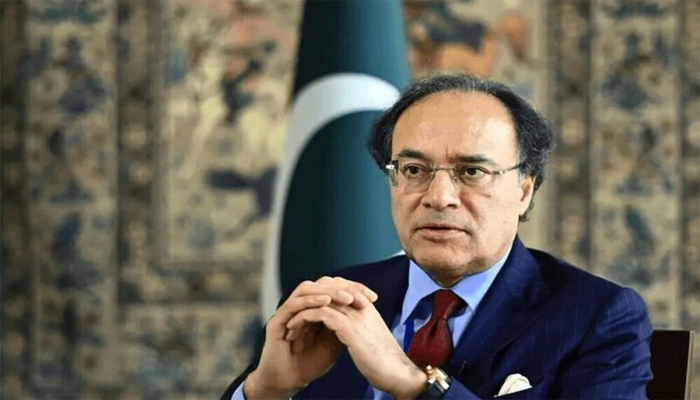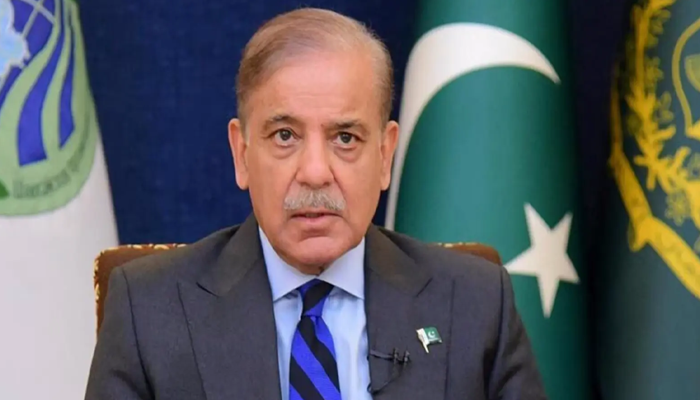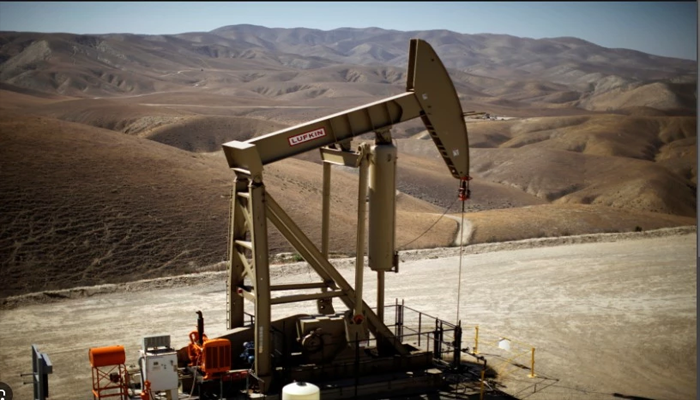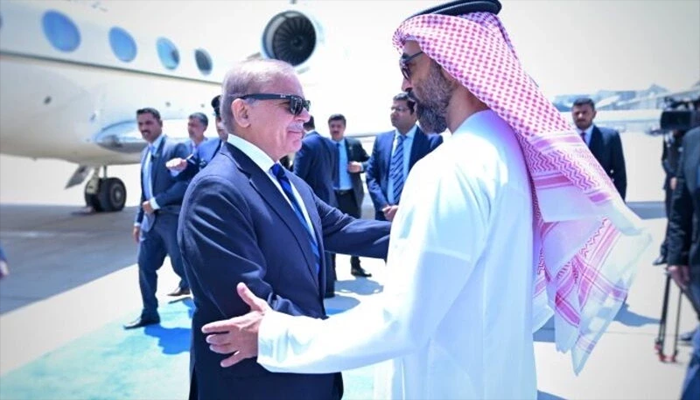WASHINGTON: Pakistan has formally requested China to expand its existing currency swap arrangement by an additional 10 billion yuan (approximately $1.4 billion), as the South Asian nation looks to strengthen its foreign exchange reserves and deepen financial ties with its key strategic partner.
The announcement was made by Finance Minister Muhammad Aurangzeb during an interview with Reuters on the sidelines of the IMF and World Bank spring meetings in Washington.
Aurangzeb stated that Pakistan currently has a 30 billion yuan swap line with China’s central bank, the People’s Bank of China (PBOC), and that Islamabad sees strategic value in expanding this to 40 billion yuan.
“From our perspective, getting to 40 billion renminbi would be a good place to move towards… we just put in that request,” Aurangzeb said, underlining Pakistan’s continued dependence on Chinese support amid ongoing economic reforms.
China has been steadily expanding its currency swap network with developing nations, including countries such as Argentina and Sri Lanka. The move is part of Beijing’s broader strategy to internationalize the renminbi and strengthen its influence in the global financial system.
In addition to the swap line, Pakistan is progressing towards launching its first-ever Panda bond—debt instruments issued in China’s domestic bond market and denominated in yuan. According to Aurangzeb, the country has had positive discussions with the heads of the Asian Infrastructure Investment Bank (AIIB) and the Asian Development Bank (ADB), which are expected to provide credit enhancements to help secure the bond’s success.
“We want to diversify our lending base, and we have made some good progress around that – we are hoping that during this calendar year we can do an initial print,” Aurangzeb noted, signaling a broader effort to reduce reliance on traditional Western lenders and open up access to Chinese capital markets.
Meanwhile, the finance minister expressed optimism about Pakistan’s ongoing engagement with the International Monetary Fund (IMF). He anticipates that the IMF executive board will approve in early May the Staff Level Agreement under a new $1.3 billion climate resilience program, as well as the first review of the ongoing $7 billion Extended Fund Facility (EFF) arrangement.
Approval from the IMF board would unlock a $1 billion disbursement, a crucial step for Pakistan as it navigates a delicate economic recovery. The IMF program, secured in 2024, has been instrumental in stabilizing Pakistan’s macroeconomic position and restoring investor confidence.
Asked about the impact of regional tensions with India on Pakistan’s economic outlook, Aurangzeb downplayed any significant repercussions, citing limited trade volumes. “Trade flows between the two countries had already fallen off and totalled just $1.2 billion last year,” he said.
Aurangzeb forecast Pakistan’s GDP growth at around 3% for the current fiscal year ending June 2025, with expectations of accelerating to 4–5% in the following year, and potentially reaching 6% in the medium term.
“We’re on the path to recovery,” he concluded, “but sustainable growth will require broader diversification and continued reform.”









